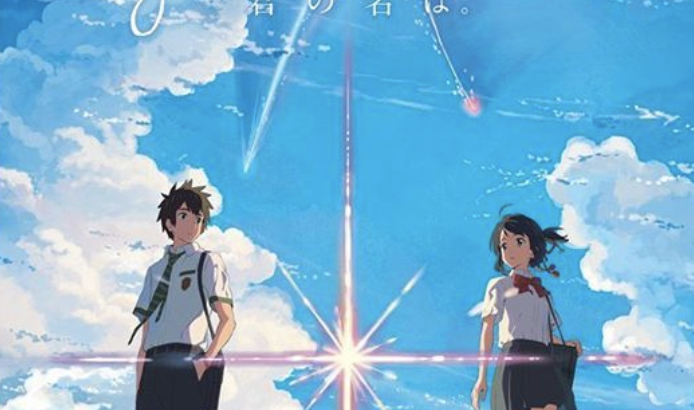
‘Nausicaä of Valley of the Wind’ begins after the apocalyptic Seven Days of Fire war, in which human’s have basically destroyed the world. All that remains are a few small kingdoms and the ‘Toxic Jungle’ inhabited by gigantic mutant insects, where everything is deadly to humans.
Princess Nausicaä has managed to enter the toxic jungle and relate to it in a familiar and friendly way, learning from it and searching for a cure for the humans and the plight of the world.
The Tolmekian Kingdom seeks to destroy the toxic jungle with the weapon that began the Seven Days of Fire in the first place. Nausicaä works to prevent the use of this destructive weapon and discovers the symbiotic relationship between the toxic jungle and human civilization, as it exists. The plants of the jungle serve to purify the toxic water, tainted by centuries of human contamination and the war.
Nausicaä saves the jungle and her kingdom in the valley of the wind and befriends the monstrous insects from the toxic jungle.
————
‘Nausicaä of the Valley of the Wind’ was never one of my favorite Hayao Miyazaki films. However, his focus on a young female character as the savior of the planet is in keeping with many themes reverberating through Miyazaki’s films.
Released in 1984, ‘Nausicaä’ has themes of environmental preservation, the negative effects of human civilization on the planet and the dangers of nuclear warfare.
The box office success of this film lead to the establishment of Japanese anime company Studio Ghibli by Hayao Miyazaki, Isao Takahata and Toshio Suzuki, the latter two were producer of many Miyazaki films.
The State Theater’s ‘Studio Ghibli’ series continues on Wednesday 23 October, 7pm with ‘Castle in the Sky.’







